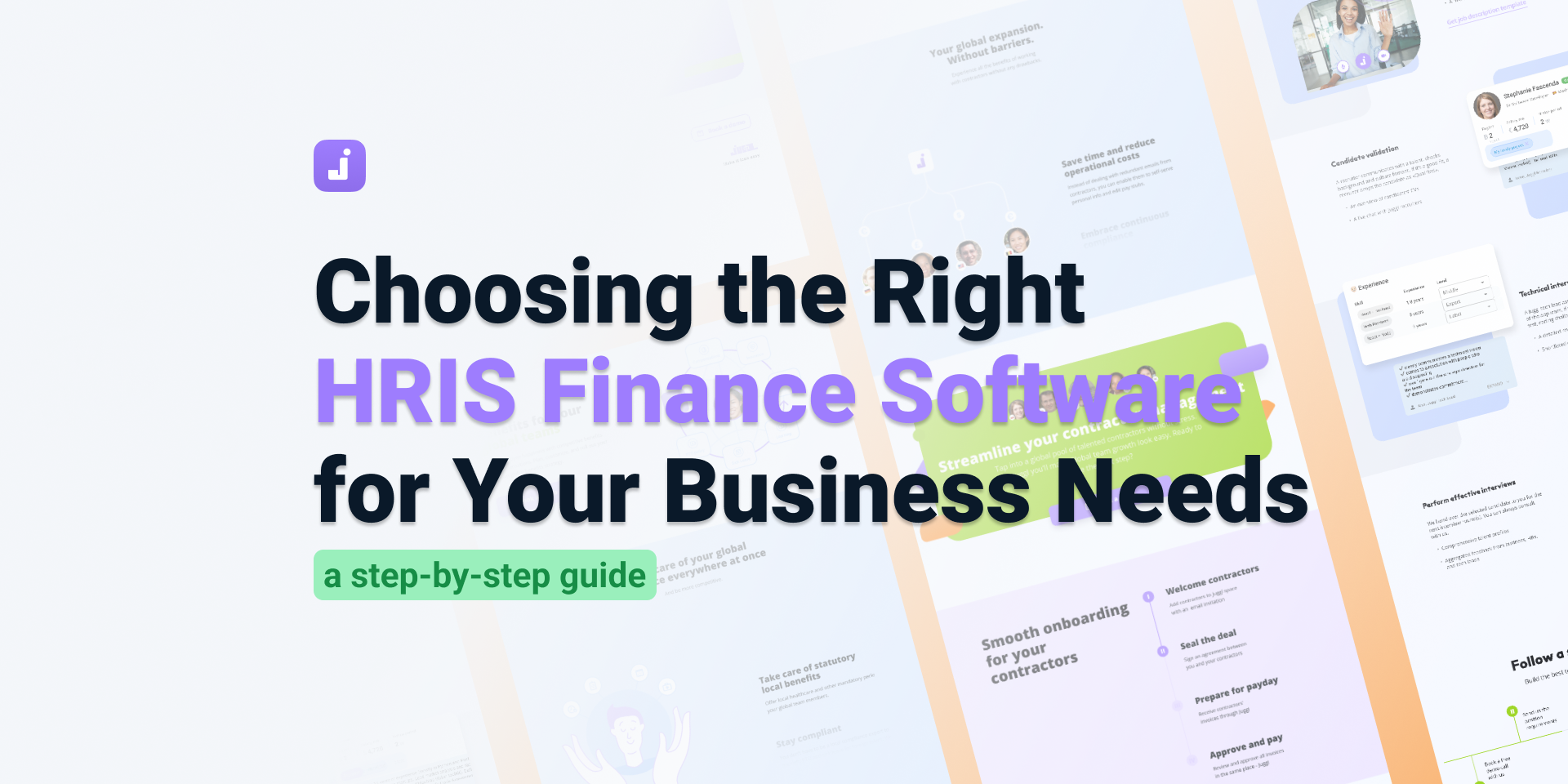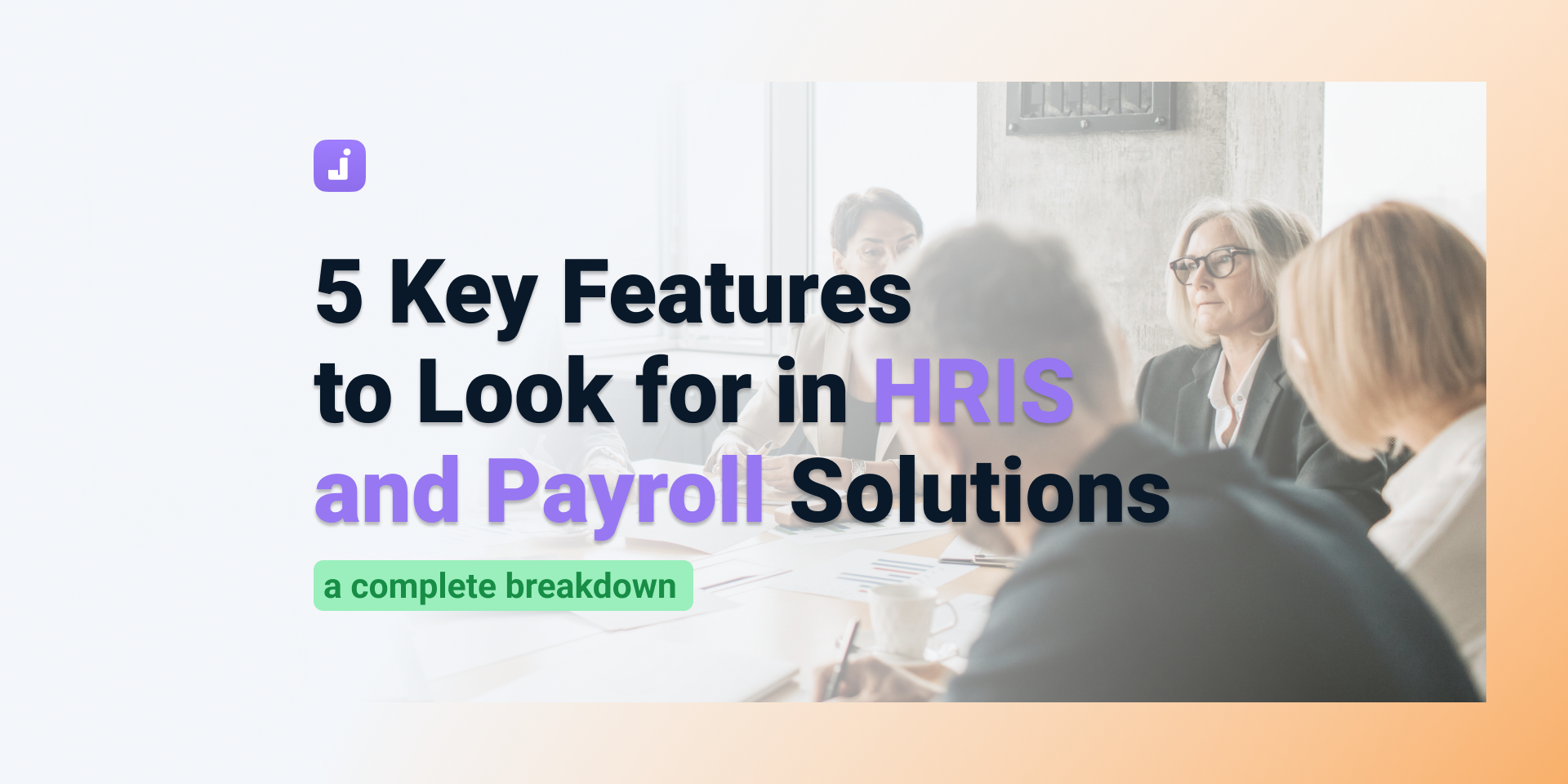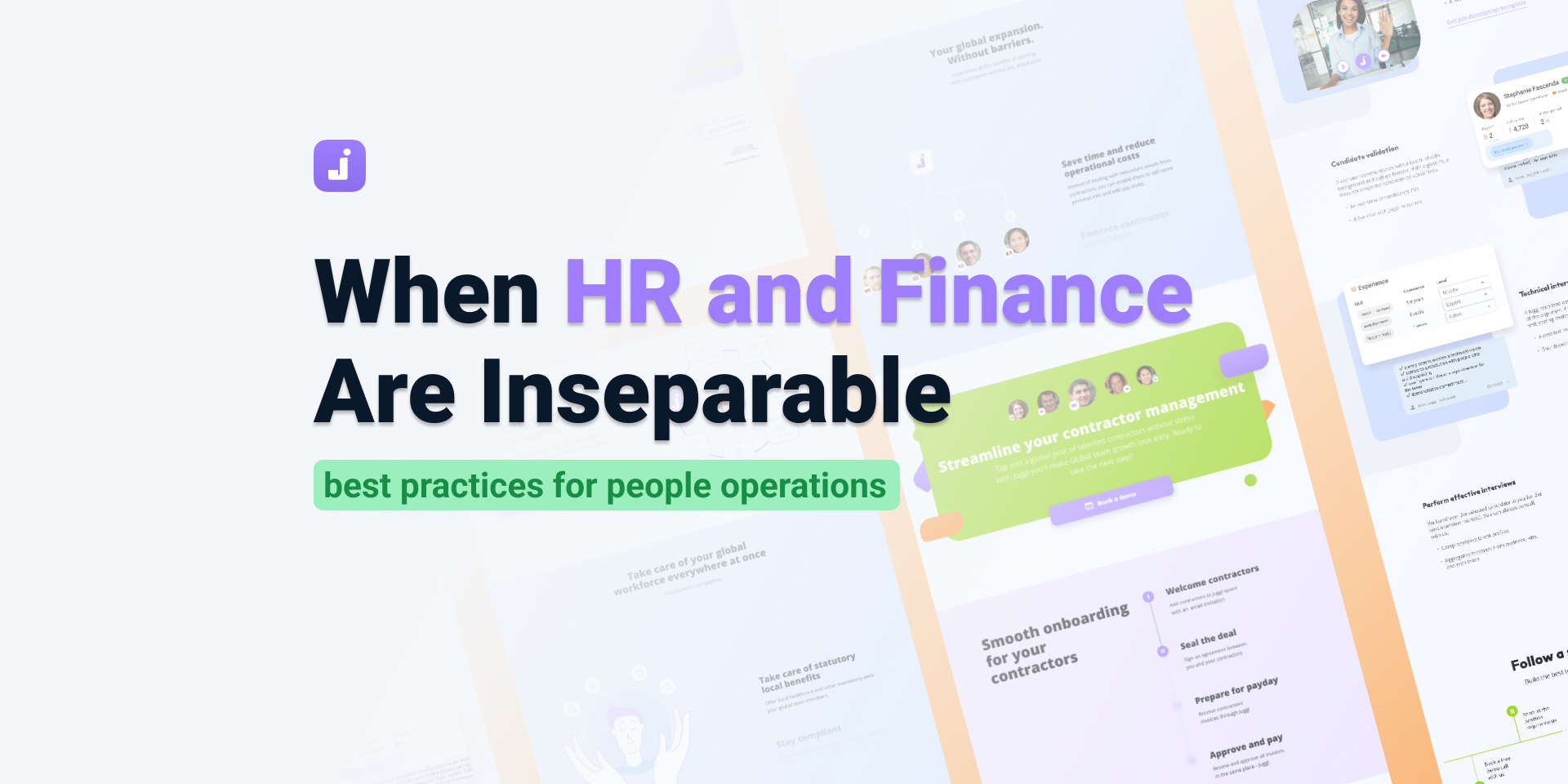Payroll Play 7/10: How to Create a Paid Time Off Policy
In a dynamic business landscape marked by exponential growth, organizations often grapple with outdated operational policies—a scenario most evident in their paid time off (PTO) management. A comprehensive, scalable PTO policy isn't merely a perk; it's a cornerstone of employee satisfaction and organizational success. In today's competitive job market, where work-life balance is paramount, revamping your PTO policy becomes critical to attracting and retaining top talent.
Navigating PTO Policy Enhancements: A Strategy for Modern Workforces
Companies must adopt a forward-thinking approach to PTO management in response to shifting labor laws and evolving workforce demographics. The goal? Establishing a PTO system that aligns with legal requirements fosters a competitive edge and underpins employees' job performance and satisfaction.
Key Steps to Optimize Your PTO Policy
1. Legal Compliance and Best Practices in Payroll Management
Understanding the legal landscape is the first step toward effective PTO policy formulation. With regulations varying significantly by location, a deep dive into federal, state, and local laws is indispensable. For instance, California mandates a minimum of 40 hours of paid sick leave annually for both full-time and part-time employees. In contrast, France offers up to six months of sick leave pay. Insights into industry benchmarks and employee expectations around work-life balance provide a solid foundation for your policy.
2. Defining PTO Types and Accrual Mechanisms
Next, delineate the categories of paid time off—vacation, sick leave, personal days—and establish clear accrual rules. This clarity ensures fairness and transparency in how employees earn and utilize their PTO, aligning with global payroll standards.
3. Equitable PTO Access: Balancing Different Employee Needs
Crafting guidelines on eligibility and allotment of PTO for various employee segments—salaried vs. hourly, full-time vs. part-time, on-site vs. remote—promotes an inclusive workplace culture. Tailoring policies based on tenure, role, and job level further enhances this equity.
4. Streamlining PTO Requests and Approvals Through Effective Management
Empowering employees with straightforward processes for submitting PTO requests, complemented by manager training on prompt, fair handling, optimizing operational efficiency, and employee satisfaction. Leveraging request tracking and approval technology accelerates this process, aligning with best practices in global payroll and HR management.
5. Addressing Unused PTO and Payouts Management
Determining the fate of unused PTO—carryover options, payouts upon departure—requires careful consideration. Establish transparent payout calculation methods to manage expectations and maintain compliance.
6. Embracing Flexibility in PTO Utilization
A flexible PTO policy can significantly boost morale and productivity. Assess the impact of such flexibility on organizational workflows and employee engagement, ensuring your policy evolves with changing workforce dynamics.
7. Implementing and Communicating Your PTO Policy
Clear communication of your revamped PTO policy through comprehensive documentation, explanatory webinars, and follow-up communications ensures seamless adoption. This transparency solidifies understanding and compliance across all echelons of your organization.
8. Continuous Evaluation and Adaptation
Regular audits and feedback mechanisms are vital in keeping your PTO policy relevant and responsive to evolving employee needs, legal mandates, and industry standards.
Leveraging PTO FAQs for Informed Management
Including a Frequently Asked Questions (FAQs) segment addressing common queries related to PTO acquisition, advance requests, denials, and implications for salaried employees enriches understanding and adherence to your PTO policy.
In conclusion, a strategically devised, transparent, and compliant PTO policy is indispensable for modern organizations. It ensures adherence to global payroll and compliance standards and elevates employee satisfaction and organizational prestige. Crafting such a policy demands attention to legal frameworks, employee inclusivity, operational efficiency, and flexible adaptation to future requirements.











